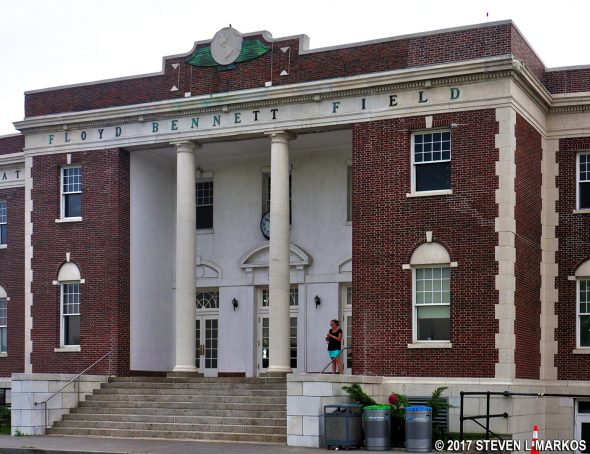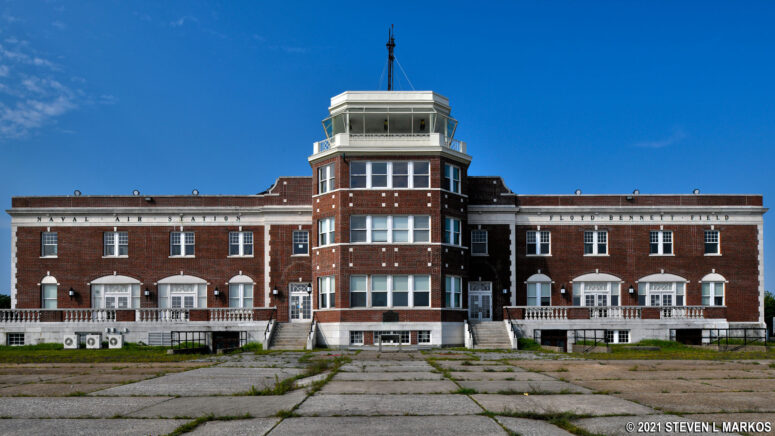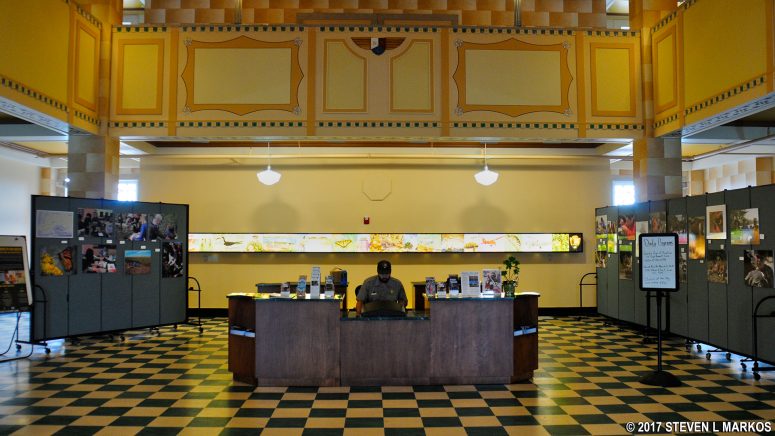Jamaica Bay Unit Home Page | Floyd Bennett Field Home Page
GENERAL INFORMATION
The William Fitts Ryan Visitor Center at Floyd Bennett Field—or Ryan Visitor Center as it is known—is the main visitor center for the Jamaica Bay Unit of Gateway National Recreation Area. It was named after the New York politician who was the driving force behind the creation of the park.
The Visitor Center is housed in the original terminal building for Floyd Bennett Field. The interior has been restored to its late 1930s appearance as much as possible. One exception is the absence of murals done by the Works Progress Administration (WPA) between 1938 and 1940. The WPA was part of Franklin Roosevelt’s New Deal and was designed to put men back to work during the Great Depression. Artists Eugene Chodorow and Augustus Henkel were commissioned to paint four murals about the history of aviation. However, they used the Socialist Realism style that was popularized by the Soviet Union, so the New York City WPA officials had the murals burned. Quite ironic seeing that the WPA was a socialist program itself.
The lower level of the building is open to visitors. This is where early air travelers would find the ticket desk, baggage check station, lounge, and restaurant. The upper floor was used for airport offices, pilot and staff quarters, and the U. S. Weather Bureau chart and control room. Today it is used for National Park Service offices.
OPERATING HOURS
Operating hours for the Ryan Visitor Center vary per season. Get the current schedule on the National Park Service’s official Operating Hours and Seasons web page for Gateway National Recreation Area.
AMENITIES
- Information desk where you can ask questions and pick up a variety of brochures on the park, including a trail map
- Floyd Bennett Field Aviation Museum
- Book and souvenir store
- Permit office
- Restrooms
MUSEUM
Floyd Bennett Field opened with great hopes in 1931, but it was a commercial failure from the start. In the early days of aviation, passenger service was not a very big business. The money came from U. S. Postal Service Airmail contracts, and the New York City and Newark, New Jersey, area was already serviced by the Newark airport by the time Floyd Bennett Field opened. Try as they might, the New York politicians could never convince the Postal Service to switch airfields. The airport continued to operate until it was bought by the U. S. Navy in 1941.
Floyd Bennett Field still had its share of business. Private pilots and instructors used the field; American Airlines used it for its New York to Boston flights; and the U. S. Coast Guard leased part of the facility. However, most of the excitement came from its use by the many pilots who departed in hopes of breaking flight records. In the 1930s there were numerous contests to see who could fly to Europe, across the United States, and to other points around the globe in the fastest time, and such flights garnered huge amounts of publicity. Pilots found Floyd Bennett Field to be a superb departure point for transatlantic flights. There were no obstacles in the way during takeoff, the long runways were suited for launching heavy planes full of fuel, and the airport amenities were some of the best in the world. Famous aviators such as Howard Hughes, Amelia Earhart, and Wiley Post all used Floyd Bennett Field at various times in their careers.
The Aviation Museum focuses on the 1930s, the Golden Age of Aviation. It is divided into four rooms, each covering a different topic. Exhibits in the first room discuss the airport from conception to grand opening. Information panels tell the story, plus there is some memorabilia on display from the opening in 1931. You’ll also learn about the airport’s namesake, Floyd Bennett.
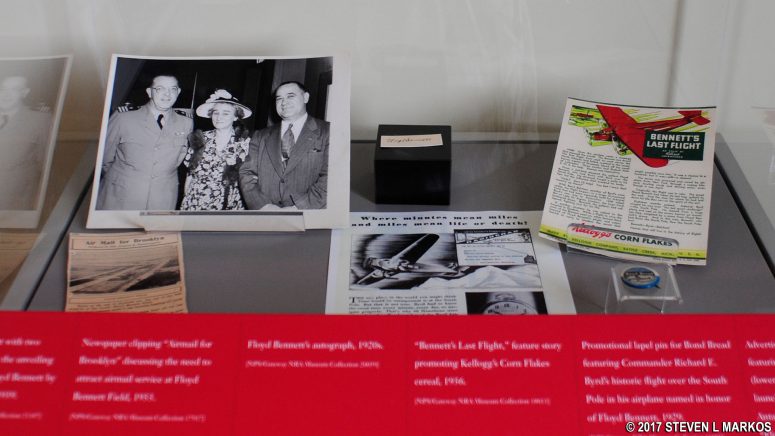
Photos and brochures promoting Floyd Bennett Field on display inside the Ryan Visitor Center at Gateway National Recreation Area
A second room covers the early days of commercial passenger service, particularly at Floyd Bennett Field. The airport was designed to exceed all quality standards of the time so that the U. S. Postal Service would drop its Newark contract and make Brooklyn its home base for the New York area airmail. As mentioned, this never happened, but those who flew in and out of the airport reaped the rewards of a luxurious lounge, telegraph office, barber shop, and the Aviation Bar and Grill. One of the local radio stations even did a weekly broadcast from the airfield.
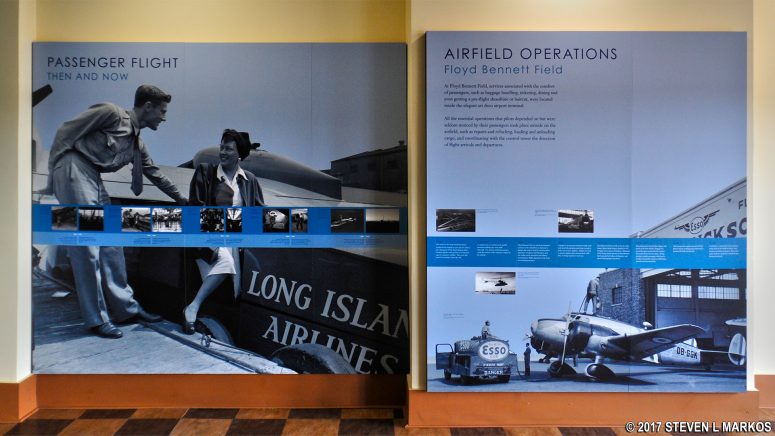
Information panel on the early days of air travel on display in the Ryan Visitor Center, Gateway National Recreation Area
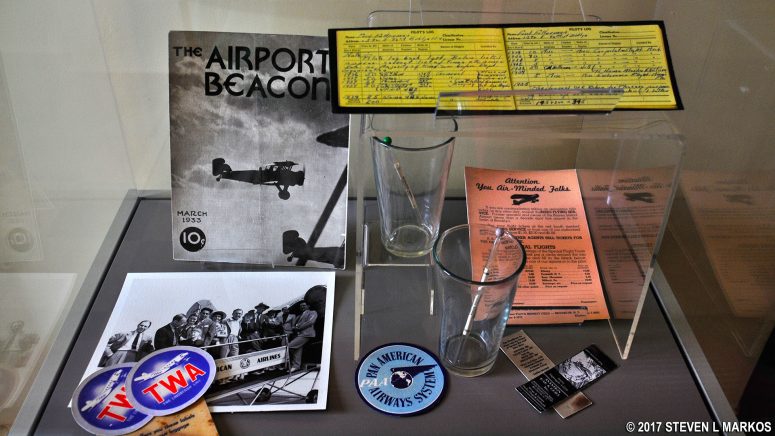
Early commercial air travel memorabilia on display in the Ryan Visitor Center, Gateway National Recreation Area
My favorite room is the one dedicated to the stunt pilots who flew out of Floyd Bennett Field as they attempted to set new world records. An information panel lists the achievements of the more popular pilots, and there is memorabilia from some of the flights.
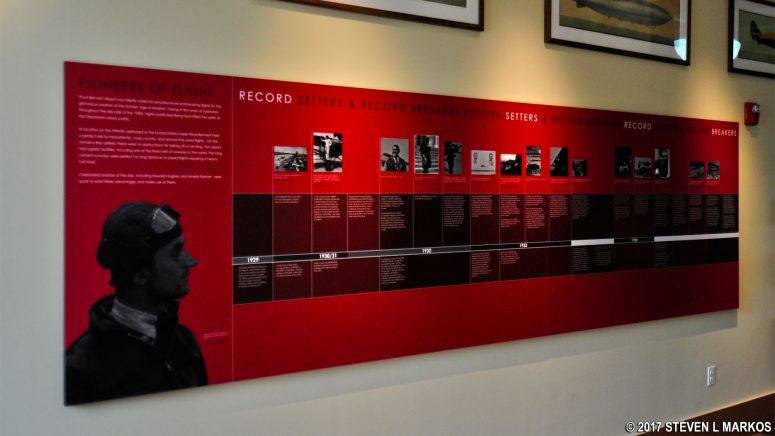
Information panel inside the Ryan Visitor Center museum gives a timeline of record setting flights from Floyd Bennett Field, Gateway National Recreation Area
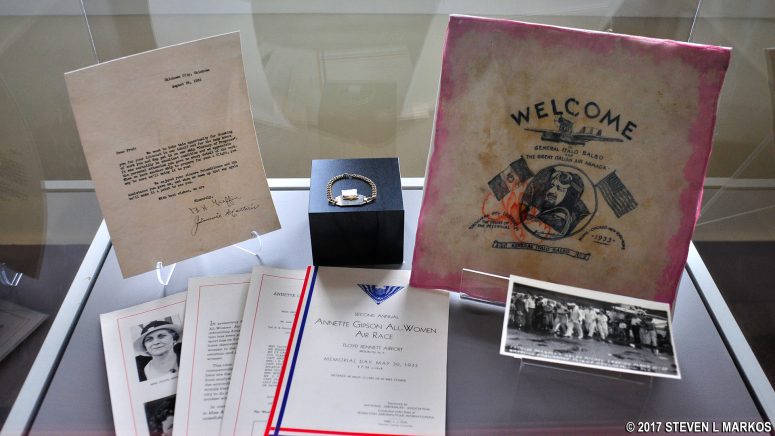
Memorabilia from the Golden Age of aviation publicity flights on display in the Ryan Visitor Center, Gateway National Recreation Area
The military history of Floyd Bennett Field is covered in a fourth room. From 1941 until it closed in 1971, the airport was used as a naval air or naval air reserve station. Its heyday was during World War II, but the Korean War was also an important time for the Brooklyn airfield. In later years, the facility was used by the New York City Police Department and a variety of other government agencies. However, once the United States began withdrawing from Vietnam in 1969, the airfield saw little use. It was closed a few years later, and being owned by the Federal government, it was turned over to the National Park Service to become part of Gateway National Recreation Area.
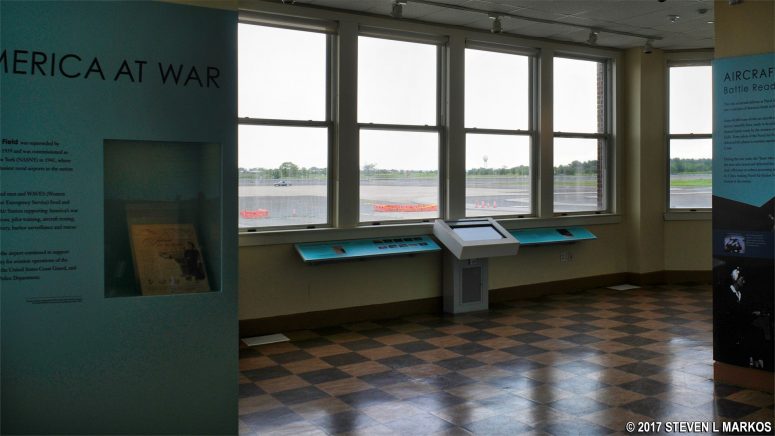
Military section of the museum at the Ryan Visitor Center looks out over Floyd Bennett Field, Gateway National Recreation Area
The war-era room is also the place were you can watch old newsreels from some of the 1930s publicity flights. There are ten films in all, with run times ranging from one to two minutes.
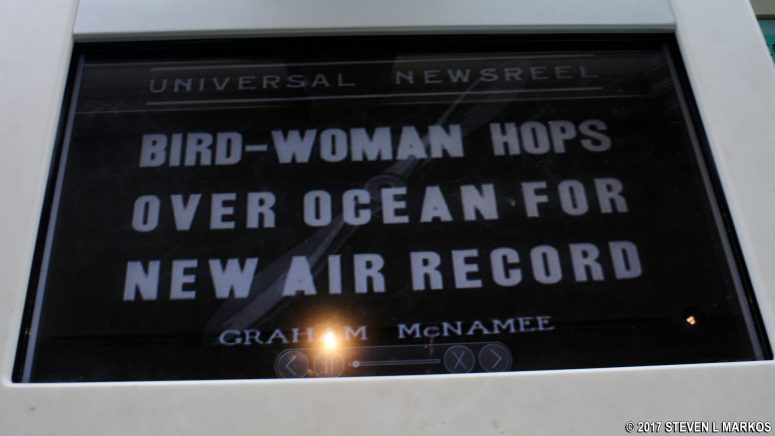
Newsreel footage available at the Aviation Museum inside the Ryan Visitor Center at Floyd Bennett Field, Gateway National Recreation Area
SCHEDULING YOUR TIME
Most guests come to the Ryan Visitor Center at Floyd Bennett Field to get information or a permit for various activities in the park. For those who want to visit the museum as well, it takes about an hour to read all the information and watch the ten short videos about early aviation feats.
With a few exceptions, use of any photograph on the National Park Planner website requires a paid Royalty Free Editorial Use License or Commercial Use License. See the Photo Usage page for details.
Last updated on January 1, 2025

